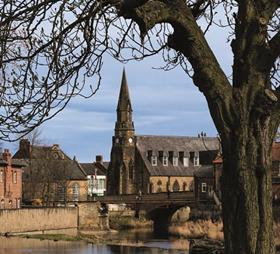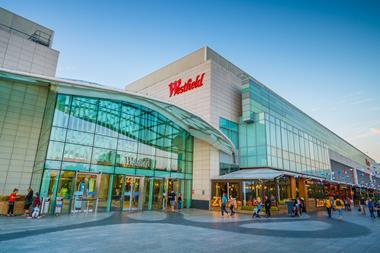It is a truth universally acknowledged that town centres in the UK are struggling – and that is all too true in the north.

Many, frankly, are depressing places these days. If the climate were different, tumbleweeds would be seen on a regular basis. But that is not to say there aren’t pockets of prosperity and success.
In the North East, for instance, I can point to the likes of Alnwick – home to the seat of the Duke of Northumberland, now best known for its leading role in the Harry Potter movies – as well as Morpeth and Hexham, all of which are charming in their own ways. But even with such examples, it must be said that poor town planning can wreak havoc.
Take the latter two examples. Morpeth, where I spent most of my school days, is located just shy of 16 miles to the north of Newcastle and has a population of 14,419, according to the 2021 census. Hexham, meanwhile, is around 23 miles to the west of the North East’s sole core city and is home to 10,941 souls, although it has a far bigger catchment area – there is precious little other than the Roman Wall heading further west before you get to Carlisle.
Both have regular train connections to Newcastle, decent restaurants, highly regarded state schools and, relative to other parts of the country, affordable housing. Both are situated on attractive rivers, the Wansbeck and the Tyne respectively. And both have much loved historic buildings in Hexham Abbey and Morpeth Clock Tower.
Thanks to the larger catchment and greater distance from Newcastle, Hexham has far richer cultural provision, but Morpeth launched its own rival book festival last year and seems determined to catch up. It isn’t just the schools that compete ferociously.
And yet, the retail offer in the two towns is radically different. Morpeth’s town centre is thriving, with hardly an empty unit and its independent department store, Rutherford’s, still going strong. Hexham’s town centre, on the other hand, has seen better days. Its department store, Beales, previously Robbs, closed for the last time in 2020 and remains shuttered. Public realm improvements are under way and may, or may not, improve the situation.
So, why the differing fortunes? I still get up to Morpeth regularly despite the fact my mum died in 2021 and most of my school friends have long since left. I also visit Hexham more often now that my dad and stepmother have retired there. Inevitably, therefore, I have been pondering this for a while. As ever, a good property contact was able to provide the answer when we met for coffee in Newcastle just before Christmas.
He pointed out that Morpeth had somehow been able to resist the development of any substantial out-of-town, big-box retail. Indeed, even the relocation of the main supermarket just a couple of hundred metres to the east was fiercely, if unsuccessfully, resisted. Hexham, on the other hand, found space for a Tesco Extra, Next and Homebase, all on land between the town centre and the river.
It’s a salutary lesson in town planning. Maybe in some parts of the country, town centres can support both high street stores and big-box retail. Maybe. But in the North East, it is demonstrably the case that the latter will devour the former.





























No comments yet